 Some of our favorite events in 2016 have been the B2B Learn technical training roundtables that we’ve held in cities around the US. These discussions have been a great opportunity for members of the training community to collaborate with each other—and without getting any sales pitch from us.
Some of our favorite events in 2016 have been the B2B Learn technical training roundtables that we’ve held in cities around the US. These discussions have been a great opportunity for members of the training community to collaborate with each other—and without getting any sales pitch from us.
I had the privilege of moderating our most recent B2B Learn held in Boston, Massachusetts, and I was so impressed with the training initiatives that many in the room have taken on. And it was even more impressive to sit back and watch those who had previous success with similar initiatives be so eager to share their strategies and lessons learned.
While everyone at the event came from a different organization and even current job title, all in attendance were ultimately working toward the same goal—a move from instructor-led to self-paced training. And as we’ve seen in each of the training conferences we’ve attended this year—this shift is occurring across the globe.
“We have to make it easier
for students to access our labs.”
When I asked one attendee what his motivation was for wanting to convert all of their courses available as self-paced training, he stated, “We’re trying to scale our eLearning to 50,000 students, and we just can’t get there with ILT. We have to make it easier for students to access our labs.”
Related: Why Observation and Sharing Have to Scale
Another attendee described that self-paced training not only made it easier to accommodate students’ busy schedules, this method of instructional delivery increased the retention of the highly technical information being presented. He remarked:
“Our product has become so complex that our students can no longer be expected to remember what they’ve learned after a full day or multiple days of training. We now record a course as one long video and then break it up into small video chunks of no more than 5 minutes each.”
After learning that our guests were all in the process of building up content management systems to support their rapidly growing, massive libraries of course videos, I asked each attendee, How do you decide what courses to create, and how do you measure their effectiveness?
Many in the room were excited to answer the first question, and they told stories of proactive collaboration with their engineering and product teams. This type of collaboration allows training to get advance notice of future features so they can begin designing applicable courses before those features go to production.
As for the second part of my question, one attendee bravely put it bluntly when he said, “How do we measure the effectiveness of our courses? I would have to say, ‘Not very well.’” After being the first to admit this, others in the room confirmed that this is very much prevalent in training today. Oftentimes, there is far too much effort put into measuring only how well courses sell. While that metric is important, it fails to measure how effective a course is at creating organization-wide business impact—not simply an impact for training alone.
Related: It’s Time for Training to Talk to the Business
As I reflect on my first B2B Learn, one of the coolest parts, for me, was seeing how excited every attendee was to get advice and feedback from the rest of the room, no matter how large or small of an organization they came from. One woman from a small organization with a 4-person training department was able to get some outstanding advice from someone from a multi-national enterprise with 50,000 employees. And that attendee was just as excited to get advice from her on another matter that came up later in the evening.
The collaborative nature of the training community and the invaluable sharing they do on so many levels makes events like B2B Learn so rewarding for all who attend. I cannot wait to host another one, and I hope you’re able to make it the next time we’re in a city near you.
 To be the first to know when and where our next B2B Learn sessions will be held, sign up to receive our newsletter at the bottom of this page!
To be the first to know when and where our next B2B Learn sessions will be held, sign up to receive our newsletter at the bottom of this page!
